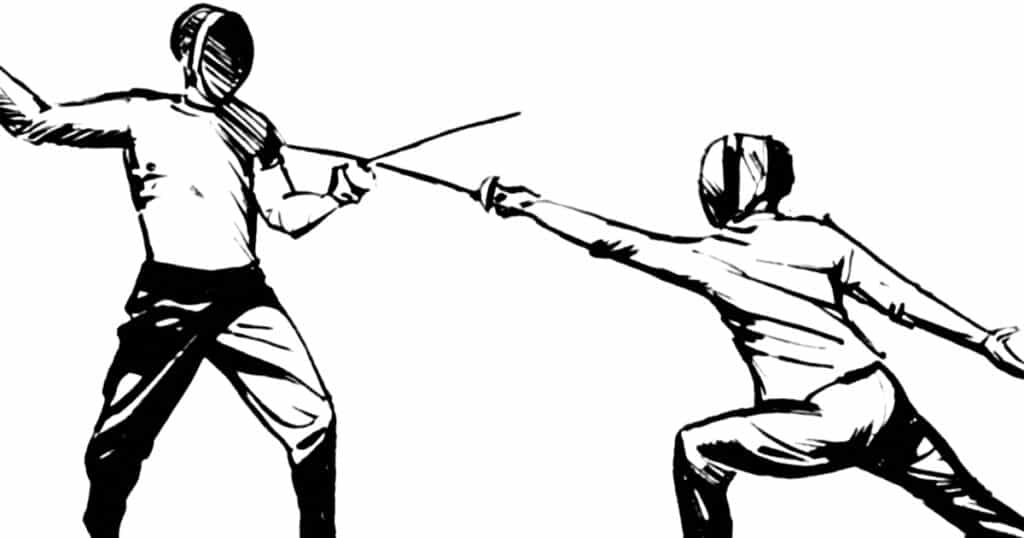
A Violent Theory Explains Why Most Humans Are Right-Handed
Nine out of every ten humans are right-handed, an imbalance that researchers for decades have attempted to explain, without definitive success.
One of the ideas considered is the fighting hypothesis, which suggests that left-handedness provides an advantage in combat, albeit with an overall hit to physical health that keeps lefties rare in the population. Indeed, males — who historically have competed most strongly for resources and mates — are left-handed at slightly higher rates than females. Moreover, studies suggest that lefties tend to outperform right-handed people in fighting sports as well as in sports that require hand-eye coordination like tennis, baseball, and volleyball. This is likely because players are unaccustomed to competing against lefties as they are rarer.
However, a big problem with the fighting hypothesis is that its predicted health disadvantage hasn’t materialized in large studies. On the whole, left-handed people don’t seem to suffer from more health problems than right-handed people, nor do they live shorter lives.
Left vs. Right
Noticing this glaring issue, a trio of scientists based out of Lund University in Sweden and Chester University in the United Kingdom proposed an update to the fighting hypothesis that comports better with current data. In an article published in the journal Symmetry, Matz Larsson, Astrid Schepman, and Paul Rodway contend that right-handed humans actually had a greater fighting advantage over much of our species’ history, which is why they’ve become far more numerous.
“When left-handers became rarer, they gained a surprise advantage and the proportions of left- and right-handers in a population stabilized,” they further explained.
So why do right-handed humans have a fighting advantage? According to the researchers, it has to do with the position of the heart and the notion that humans did most of their fighting with handheld, pointy weapons like wooden spears for much of our species’ existence.
About three-quarters of the heart is situated in the left hemithorax, making the left side of the chest a susceptible target for a mortal blow. The researchers note that when humans battle with stabbing weapons, the hand utilized to hold the weapon determines which area of the chest is exposed to an opponent. A left-handed grip will rotate the left side of the chest, and thus most of the heart, toward an enemy, while a right-handed grip will rotate it away. Moreover, a free left arm could be used to deflect spear strikes in combat. Collectively, this means that right-handed humans might be more protected from a deadly strike. A figure from the paper depicting an ancient human wielding a spear with the right hand. (Credit: M. Larsson et al., Symmetry, 2023)
Based on this novel version of the fighting hypothesis, a key prediction can be made. Since there is no health disadvantage from being left-handed and fighting with pointy weapons is no longer an evolutionary pressure, we should see the proportion of left-handed people stay the same in modern societies or broadly rise. Some studies suggest that left-handedness has increased in the 20th century, but it is uncertain if this is due to genetic or cultural reasons.
It should be noted that this new explanation for the preponderance of right-handed people is still very much a hypothesis, based on speculation from physiological facts and behavioral anecdotes, with further support from large, albeit observational, data sets. The modified fighting hypothesis is cogent, but as yet unproven.
This article was first published at Big Think.
This article was originally published by RealClearScience and made available via RealClearWire.



